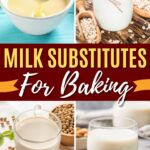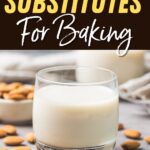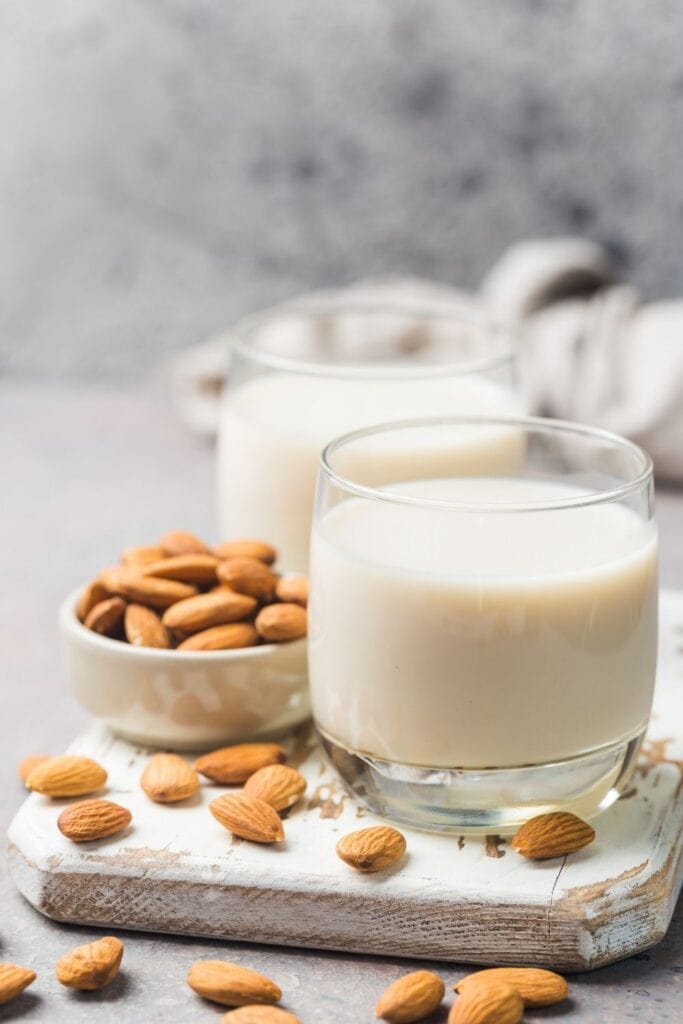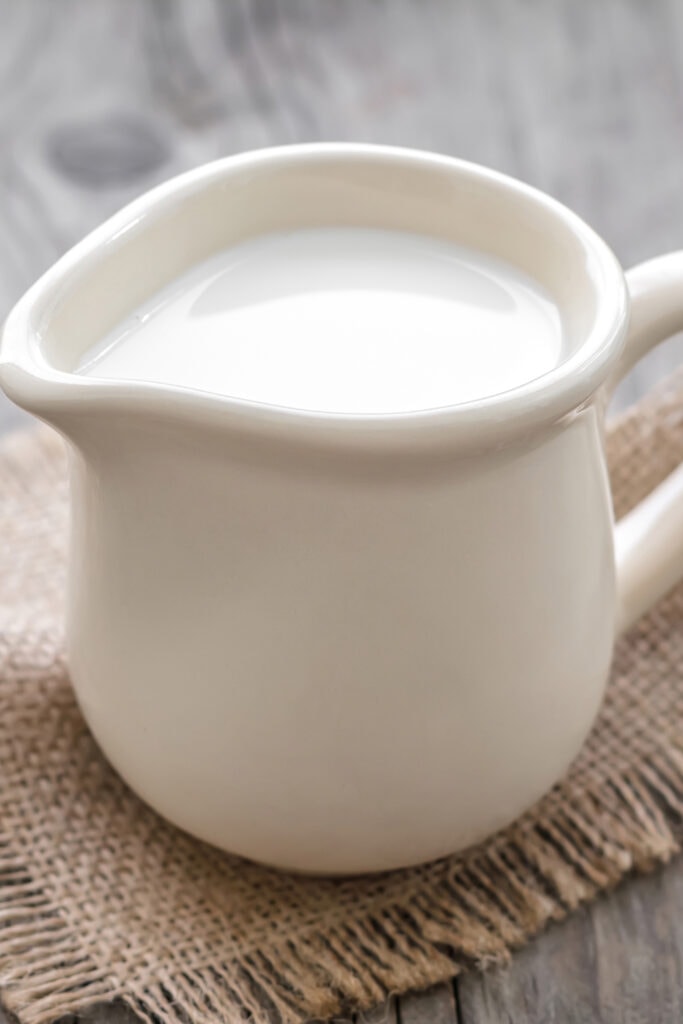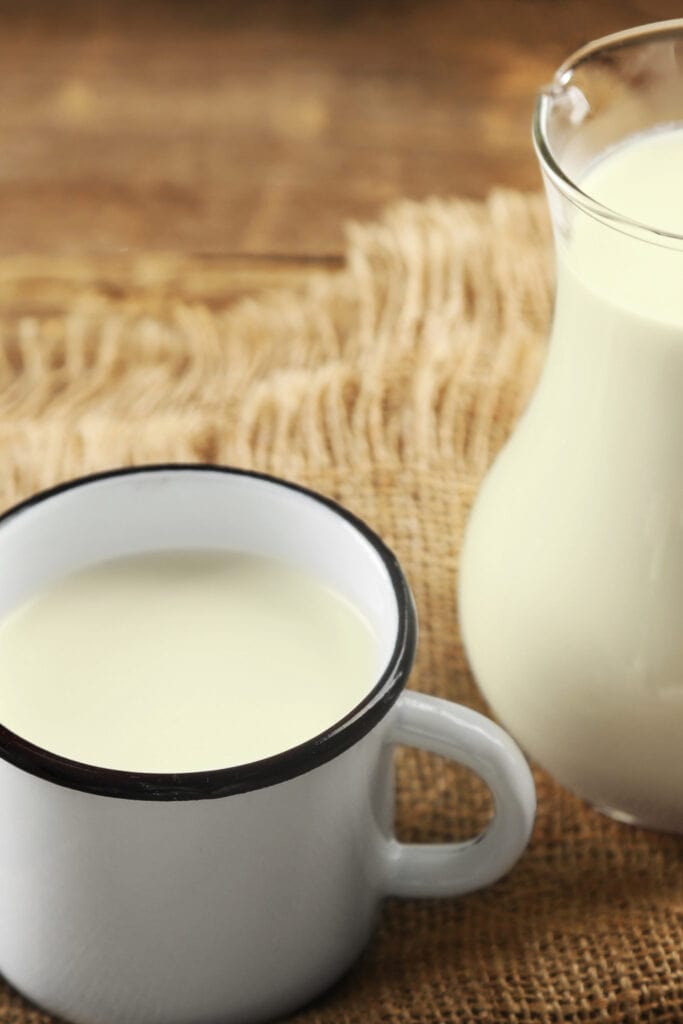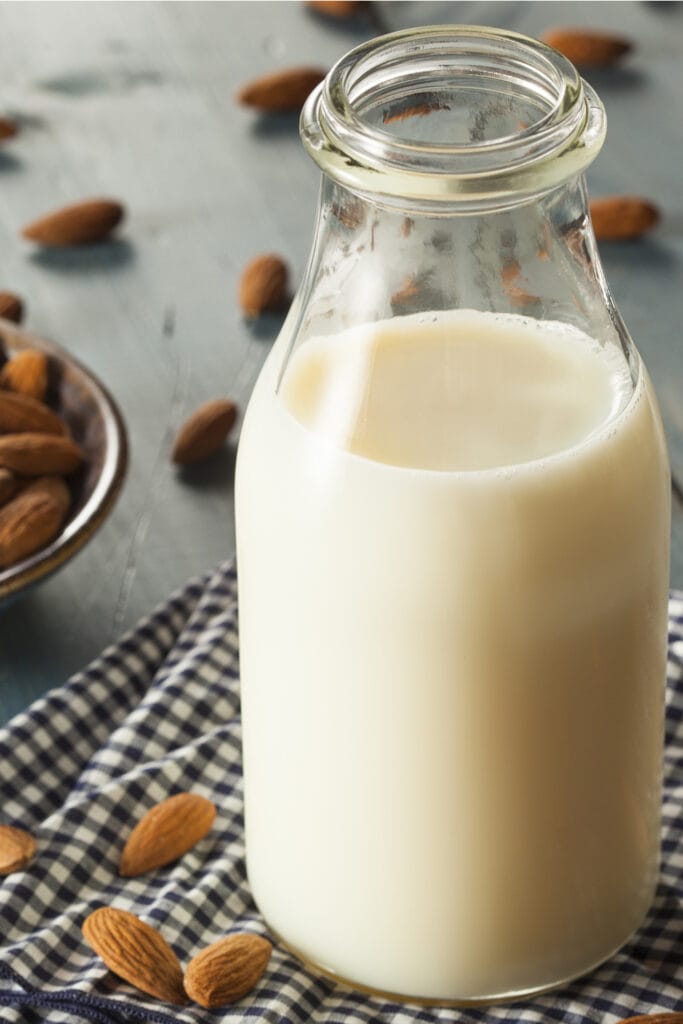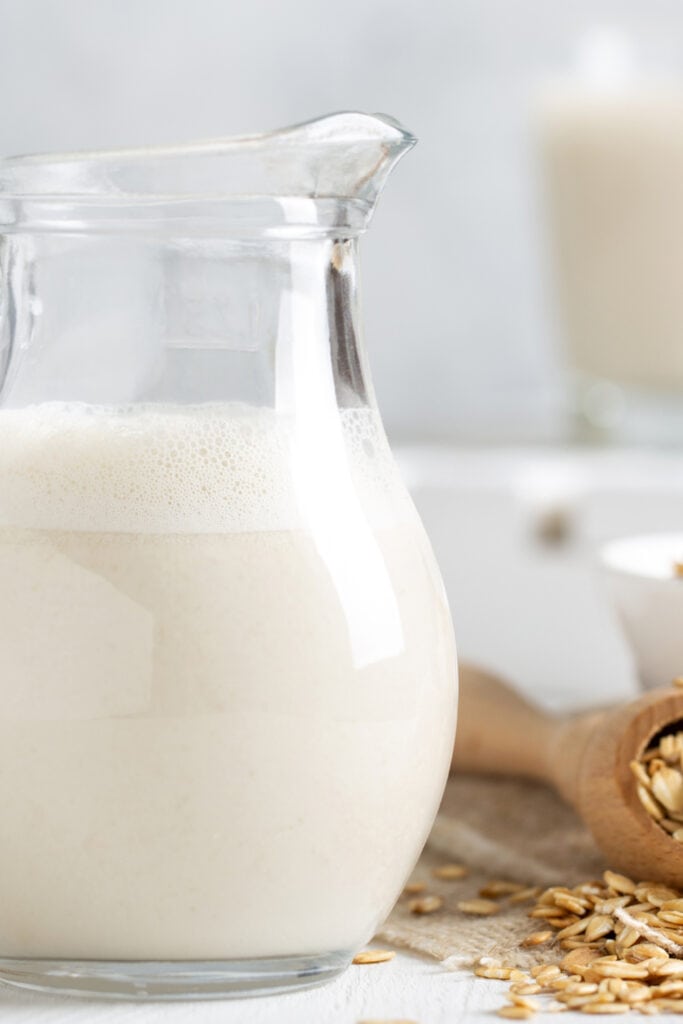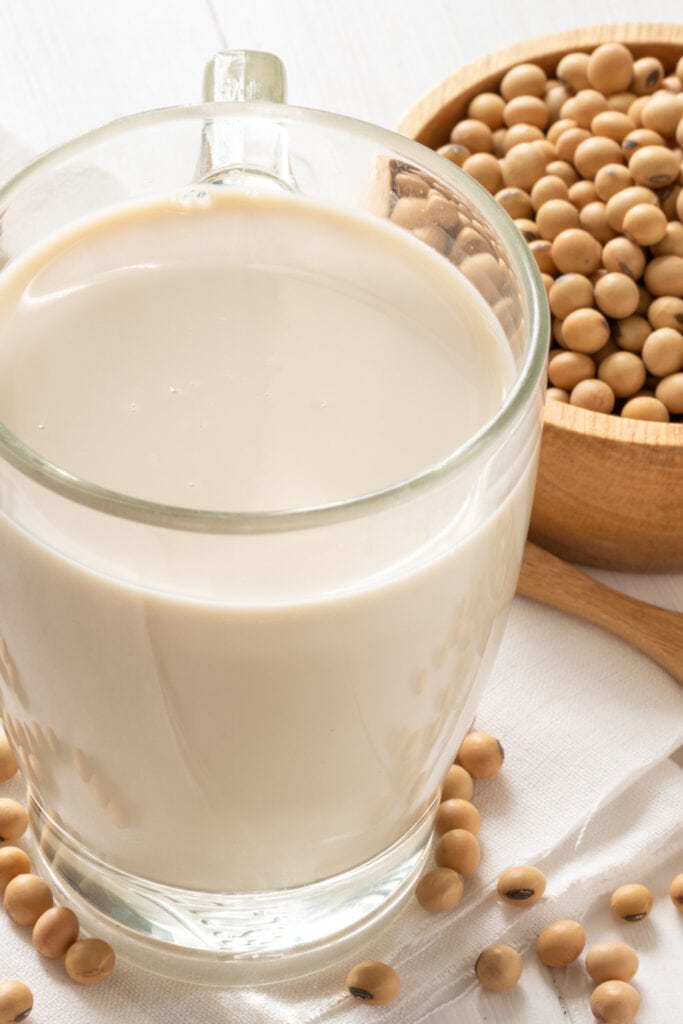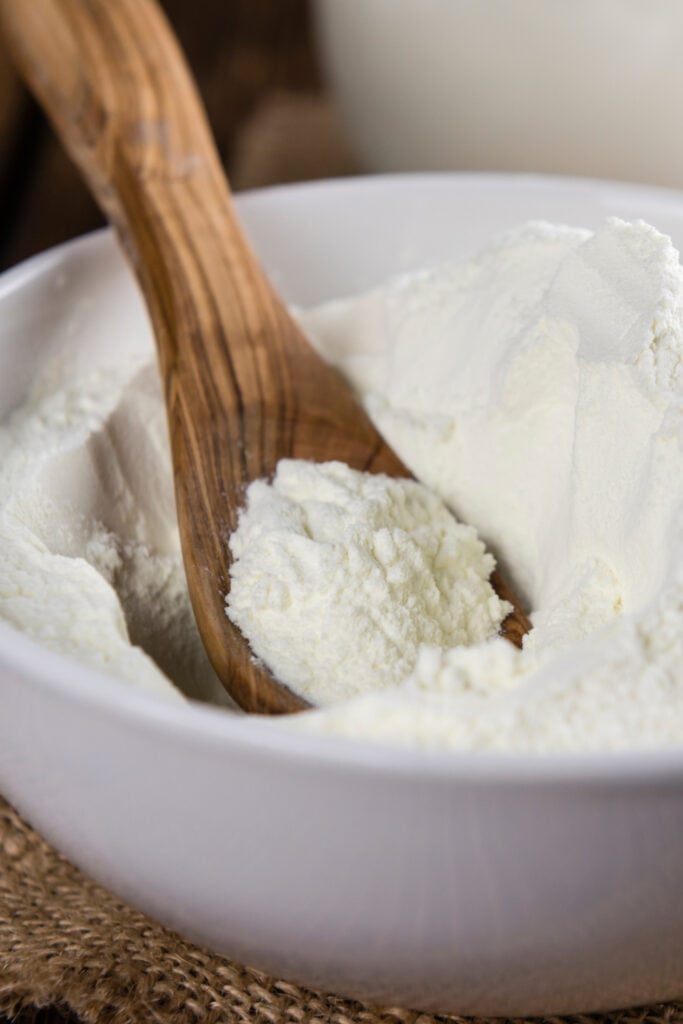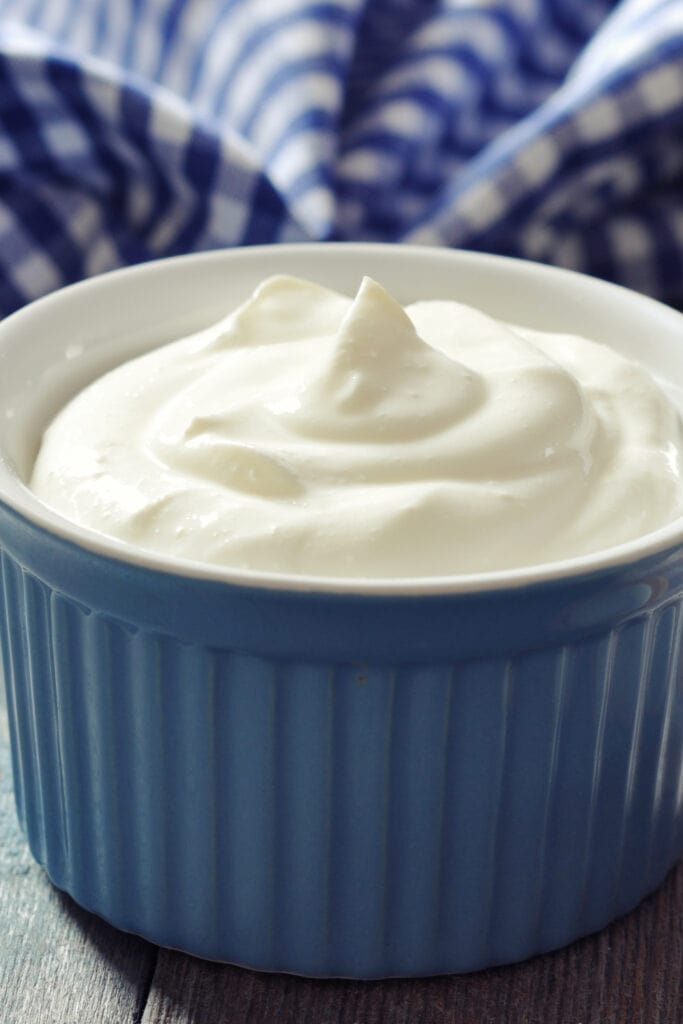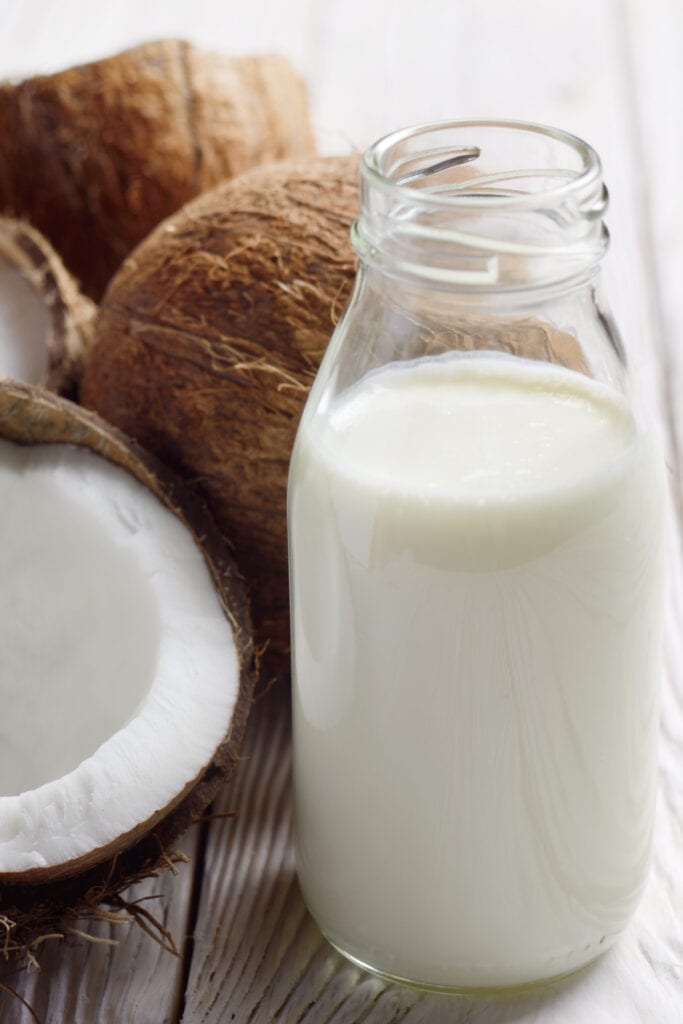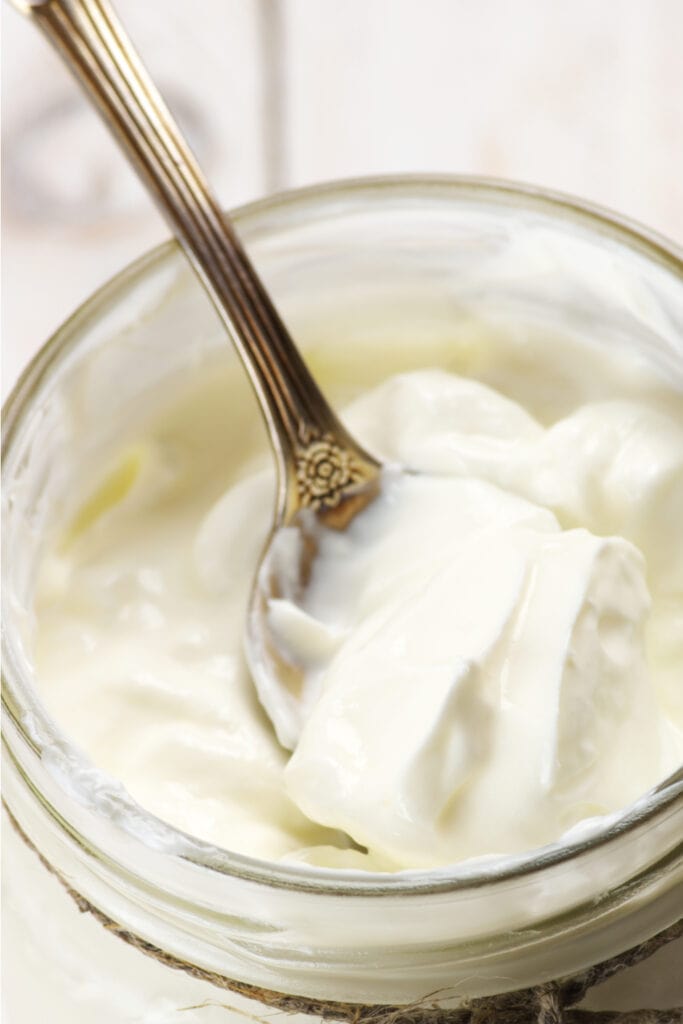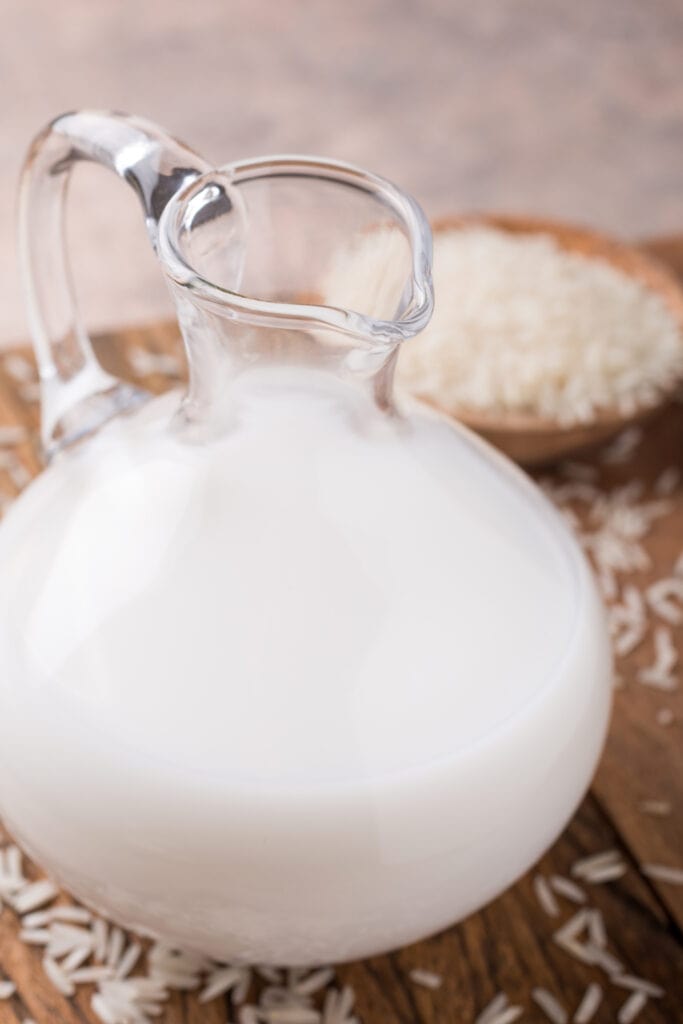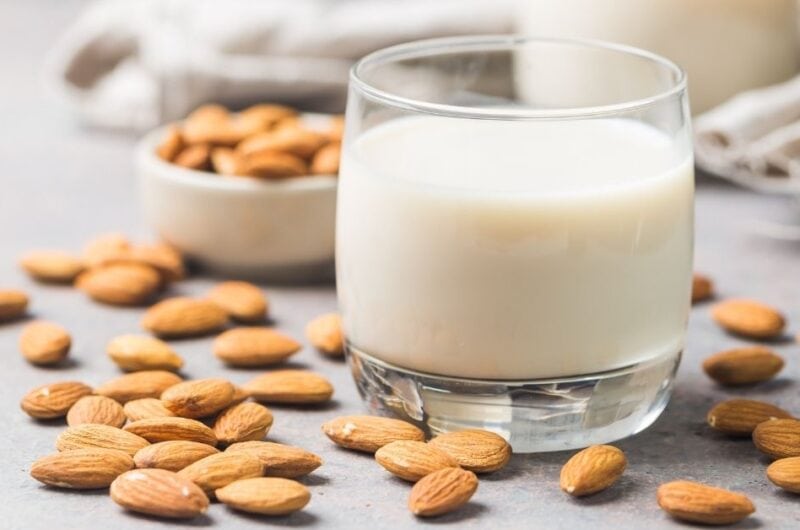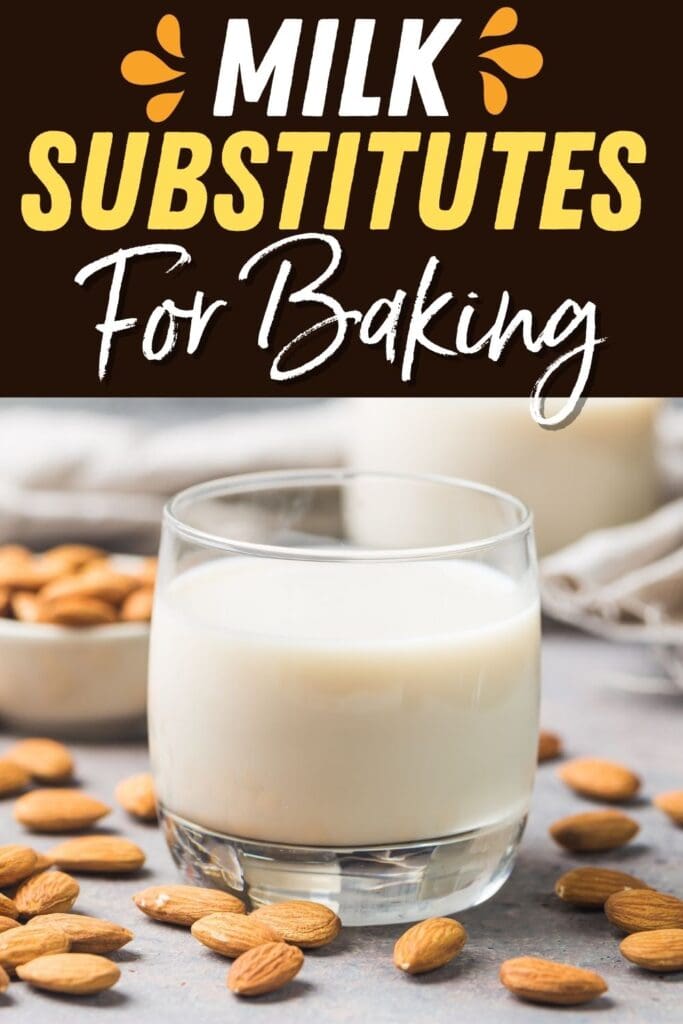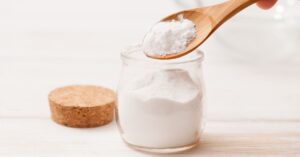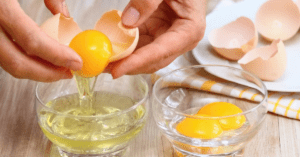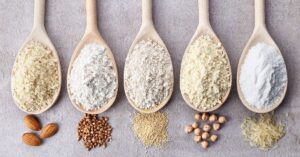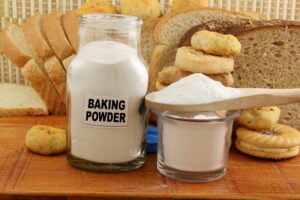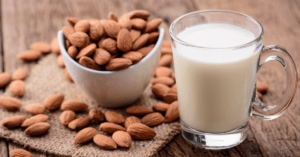They’re readily available, and some are ideal for vegan baking, too. How many times have you been in the middle of a recipe only to realize you’re out of or don’t have enough milk? I know it’s happened to me once or twice (or a hundred times!). Luckily, there are plenty of options, and I bet you have one or two in the pantry already. So if you’re lactose intolerant, vegan, or just forgot to hit the grocery store on your way home, check out these easy milk substitutes for baking.
1. Evaporated Milk
Evaporated milk is a fantastic milk substitute if you don’t mind the dairy. However, it can be a bit sweeter than traditional milk. It has a rich, caramelized taste that makes it so yummy in other recipes. That also means it can drown out some of your other flavors. For that reason, I like to dilute it with water at a one-to-one ratio. (One cup water to one cup evaporated milk.) That usually does the trick and makes it almost perfect. I also love evaporated milk because it has such a long shelf life – I don’t think I’ve ever had a can of the stuff go bad. Just be sure to use it within three or four days once you open it.
2. Cream or Half-and-Half
Cream or half-and-half is another great dairy-based milk substitute. It is, however, much richer than regular milk, so you can’t use it undiluted. For every cup of whole milk, use 3/4 cups of half-and-half/cream and 1/4 cup of water. That gives it the right consistency and keeps it from being too rich. Luckily, it’s an easy swap – if the recipe calls for two cups of milk, use two cups of the modified half-and-half (1 1/2 cups half-and-half with 1/2 cup of water). Also, it’s important to note that the texture may not be the same. The stabilizers in these products sometimes have a strange effect on baked goods.
3. Almond Milk
There are plenty of dairy-free nut milks you can substitute for milk. But of all of them, almond milk is probably my favorite. I enjoy it because it’s mild, not too nutty, and has a simple conversion rate. You’ll use the same measurements, so there’s no math involved! Plus, it’s also straightforward to turn it into “buttermilk.” Just add lemon juice!
4. Oat Milk
I have a love/hate relationship with oat milk. I like it in tea and coffee, but things get more complicated when it comes to baking. Some people swear that oat milk is the best milk substitute for baking. And in some respects, it is. However, I’ve found that it works best in recipes that only use a small amount of milk. For example, it’s perfect for making pie crusts or cookies. However, if a recipe calls for more than a half cup of milk, I think it affects the texture. So use oat milk sparingly at a one-to-one ratio for milk. But maybe try something else in recipes with lots of milk.
5. Soy Milk
Soy milk is a decent non-dairy milk substitute for baking. But it does alter the taste of baked goods. This difference is most noticeable in puddings and cream pies, where you expect a creamy taste. With that in mind, as long as milk isn’t one of the main ingredients of your recipe, it should be fine. You can substitute at a one-to-one ratio, and the texture and consistency shouldn’t change. Non-baking recipes (sauces, creams, etc.) made using soy milk tend to be a little runnier. Add a thickening agent if you have this problem.
6. Dry Milk
Dry milk, or powdered milk, is another simple substitute for milk. It’s a much more affordable option than regular milk. Plus, it has a longer shelf life, as well. Not only that, but since it’s dehydrated milk, it has that taste and texture you want – when rehydrated, of course. That means it will make your recipe much creamier than any dairy-free alternative could. If you don’t use a lot of milk, powdered milk may be the best option. It’ll keep you from wasting expensive milk with short “best by” dates. Fortunately, there’s usually a conversion ratio on each package. It will tell you precisely how much dry milk (and water) you should use.
7. Sour Cream or Yogurt
Believe it or not, you can use both sour cream and plain yogurt in a one-to-one ratio for milk. Because they’re thicker and have more protein and sugar, many people assume they need to be watered down or reduced. When, in fact, the amount of yogurt or sour cream stays the same, and you get a more tender cake to boot. Remember that your cakes and cookies will likely turn more brown with this substitution. But the flavor won’t be affected. Sour cream works best for buttermilk recipes, while yogurt better replaces sweet milk. You can even use vanilla yogurt if you want to add extra sweetness.
8. Coconut Milk
Coconut milk is an excellent non-dairy milk substitute for baking. It uses a one-to-one ratio and gives baked goods the same fluffy texture. You can even use it to thicken creams and sauces. However, it has a much stronger flavor than almond milk. Even when you use a small amount, you can taste it. That makes it great for some desserts but not so good for others. So, if a recipe calls for lots of milk, you may want to go a different route.
9. Heavy Cream
In terms of flavor, heavy cream is one of my favorite milk substitutes. You can’t really distinguish between the two, and the texture is spot-on. Heavy cream is much thicker and richer than milk, though. So be sure you dilute it with equal parts water before adding it to the recipe. That means for every one cup of milk needed, you’ll use 1/2 a cup each of cream and water. As long as you do that, you likely won’t notice a difference.
10. Rice Milk
Of all the non-dairy substitutes, rice milk has the closest flavor to actual milk. Unfortunately, it’s much thinner than regular milk, so the finished product won’t be as thick and creamy. Luckily, that isn’t as much of an issue with most baked goods. You should be okay as long as you stay away from puddings and custards. One thing to keep in mind is that rice milk is high in carbs. It also doesn’t have as much protein as some other dairy-free milk substitutes. Those could be genuine concerns if you’re avoiding milk for health reasons.
Click on a star to rate it!
Average rating 5 / 5. Vote count: 1 No votes so far! Be the first to rate this post.
Share on social media: Let us improve this post!
